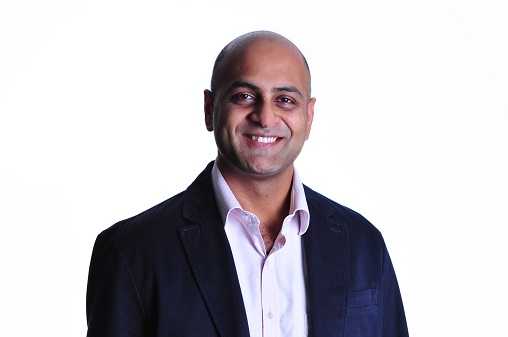

.
Readership of Singapore’s newspapers has declined, even after taking into account the figures of their digital offerings. Will this trend continue?
Yes, the decline in print readership is a secular trend given the high Internet penetration of the audience, changing Singapore demographics and the attitudes of a younger generation to Singapore’s press titans – which is particularly evident in the decline of digital offerings. What is interesting is that the decline has not been sharper or faster.
The TODAY paper has taken the biggest hit, with the paper now being pushed from second to third spot. What contributed to this?
As a free paper, Today’s readership is directly related to its distribution. The trick of the game is to have more copies and to have them at more places. That means higher readership. I guess at some point in the last 12 months, Today took a call to reduce its distribution and/or focus its attention to be more appealing to the advertiser. This has led to a decline in readership. I wouldn’t be surprised if they come back to gain the hard-won readership. It would be a pity not to have a choice of titles or opinions in the marketplace for advertisers and consumers.
How will this readership trend affect advertising revenue?
Newspapers (like SPH) have two sources of advertising revenue. Classifieds – which has been in a free-fall for a while — and display advertising (the full page full colour ads that fill your Saturday edition) — which are also facing the squeeze. Government regulations on car and real-estate ownership are being blamed.
SPH’s policy has always been to squeeze the most out of their loyal and large advertisers (cash cows) while giving away the house to TV-centric advertisers for the sake of gaining share. The risk with this strategy is that with declining revenues and readership, the cash cows may start chomping. As we enter into the 2014 investment planning stage for our clients, our recommendation will reflect the changing reality of Singapore press.
The latest SPH annual report shows a double whammy with both circulation and advertising revenue going down. What is the impact of this downtrend?
For sure, nobody is going to lose their job and the organisation is not going to refocus. Bad times are always blamed on changing government regulations.
Drop in revenues is the most obvious impact. A desperate effort by SPH to get their digital strategy right is the other. They have had some wins with their overseas investments in classified sites, and are investing big time into their digital classifieds here. Diversification into property has been on-going for sometime. And recently, they have done some accounting stuff to protect that part of the business from the declining fortunes of the media business.
What SPH has still not done is to refocus its organisation around a digital core, integrate content with teams across divisions and play to win in the digital space. Simply put, if they want to retain their ad revenues, they need to make a compelling proposition to advertisers.
SPH has been trying for the longest while to walk the tight-rope of protecting its print business, which is still spewing cash, while transitioning to digital. This transition however has not been a fundamental priority. If it was, then the newsroom integration (let alone websites and ad sales) would have occurred earlier. Even in SPH’s traditional media business, there is no one person in SPH who has the ability and clout to pull a compelling proposition across the various internal divisions and teams. Execution remains the challenge.
To quote from Hamlet, “We know what we are, but not what we may be.”
In contrast (and the bar is very low here), MediaCorp moved to an integrated newsroom approach earlier. And they do a better job of weaving stories between radio, press, online & TV. They are also hiring different kinds of people. These things matter
What do you advise your clients when they want to advertise in this new media world?
Print still has a significant role to play in Singapore. SPH newspapers and Today offer instant reach, and credibility to our advertisers. They key questions: 1. how much is enough? Can we start optimising the spend in the medium term to reflect its gradual senility. 2. how best to exploit SPH and MediaCorp’s assets across their multiple platforms (press, magazines, radio, digital, OOH, events…)
The media owners can help by not fleecing their cash cows, and integrating their different teams in the real sense of the word.


